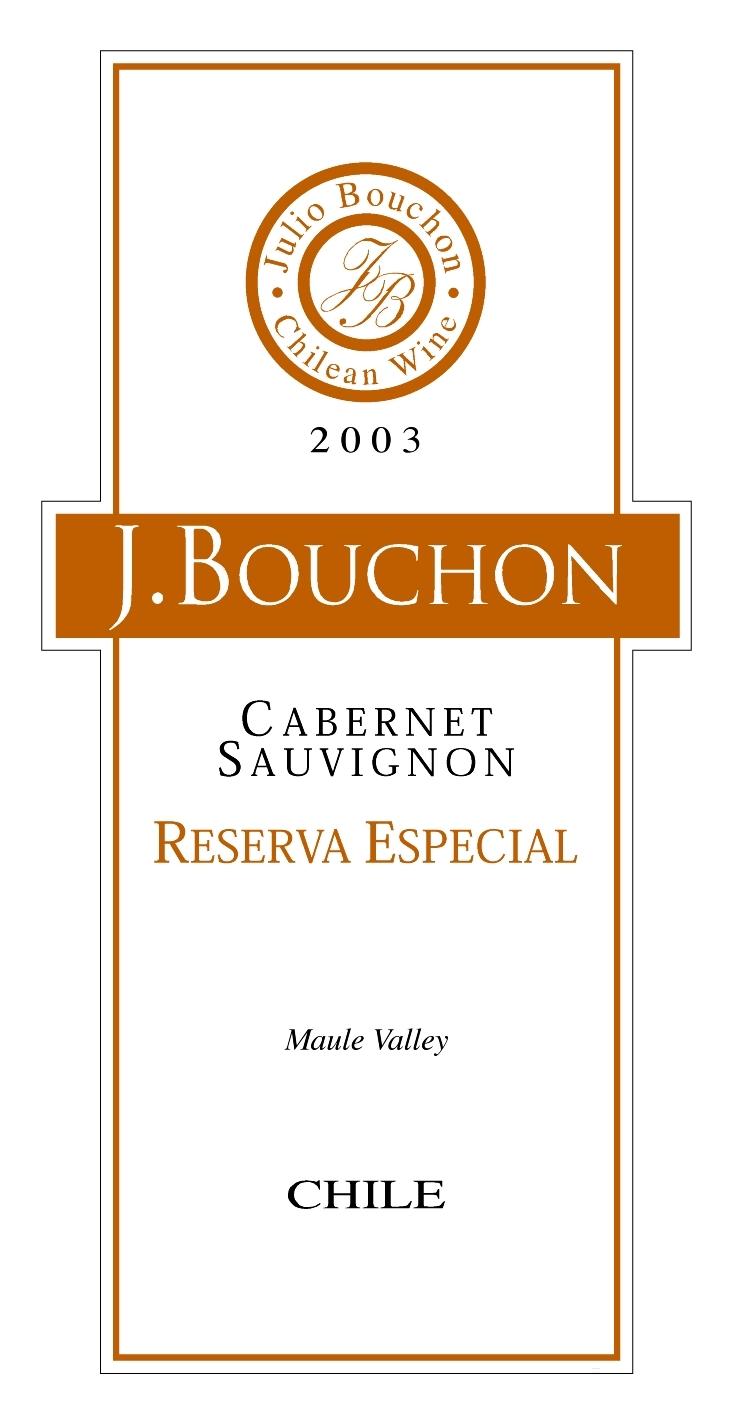2003 Maule Valley Cabernet Sauvignon
The J. Bouchon Riserva Reserva Especial is a captivating expression of Cabernet Sauvignon from the esteemed Maule Valley, showcasing a rich crimson hue that captivates the eye. This vintage of 2003 exudes a full-bodied character, exuding an impressive depth and complexity that invites exploration. Its acidity is vibrant, lending a refreshing quality that balances beautifully with the wine's prominent fruit intensity, which features luscious dark fruits such as blackcurrant and plum. The tannins are notably structured yet smooth, providing a firm backbone that supports the wine's overall framework. This meticulously crafted Cabernet Sauvignon finishes with a dry elegance, leaving a lasting impression and inviting another sip. Overall, this wine embodies the essence of its region and is sure to please any discerning palate.
The J. Bouchon Riserva Reserva Especial is a captivating expression of Cabernet Sauvignon from the esteemed Maule Valley, showcasing a rich crimson hue that captivates the eye. This vintage of 2003 exudes a full-bodied character, exuding an impressive depth and complexity that invites exploration. Its acidity is vibrant, lending a refreshing quality that balances beautifully with the wine's prominent fruit intensity, which features luscious dark fruits such as blackcurrant and plum. The tannins are notably structured yet smooth, providing a firm backbone that supports the wine's overall framework. This meticulously crafted Cabernet Sauvignon finishes with a dry elegance, leaving a lasting impression and inviting another sip. Overall, this wine embodies the essence of its region and is sure to please any discerning palate.




